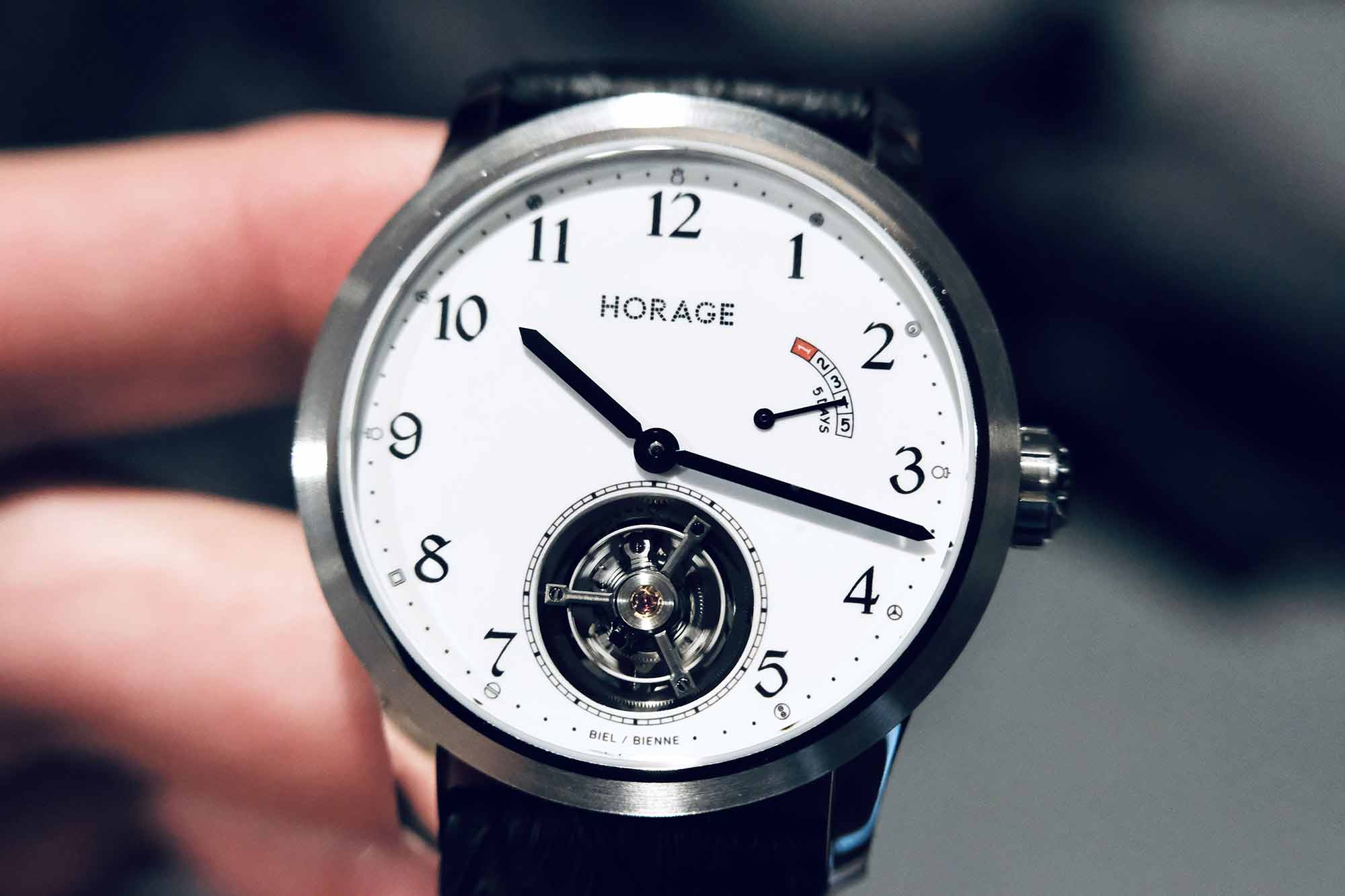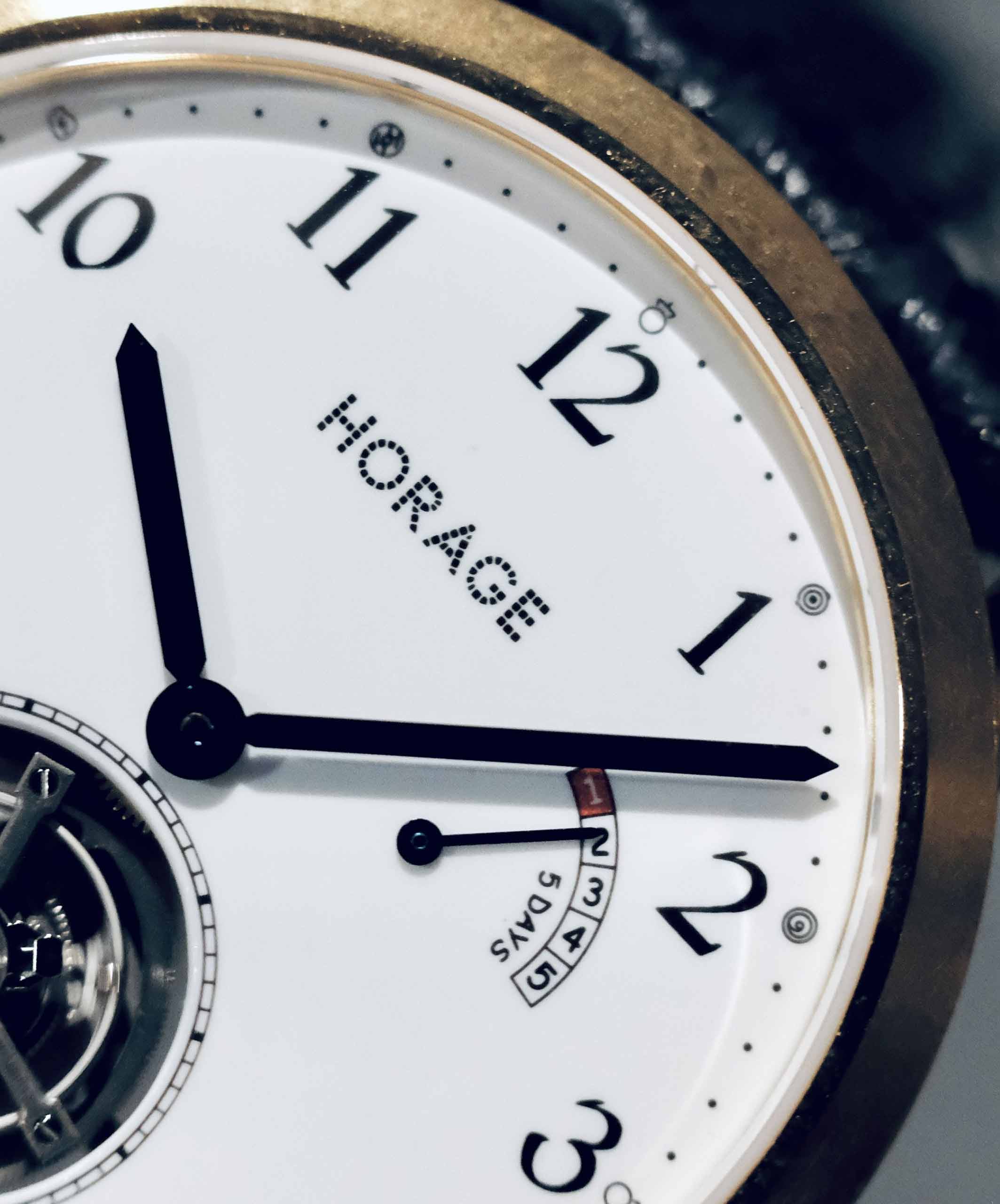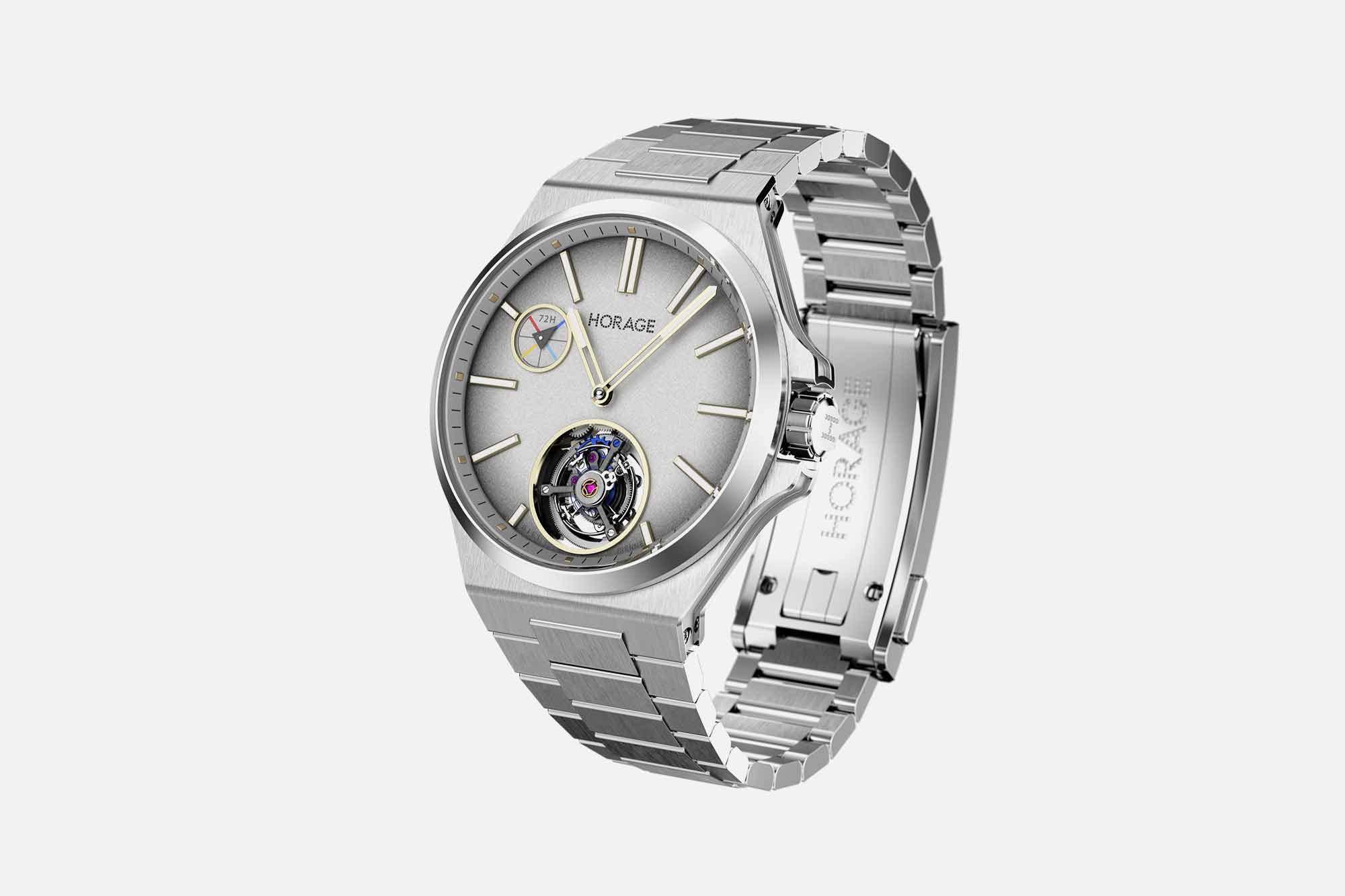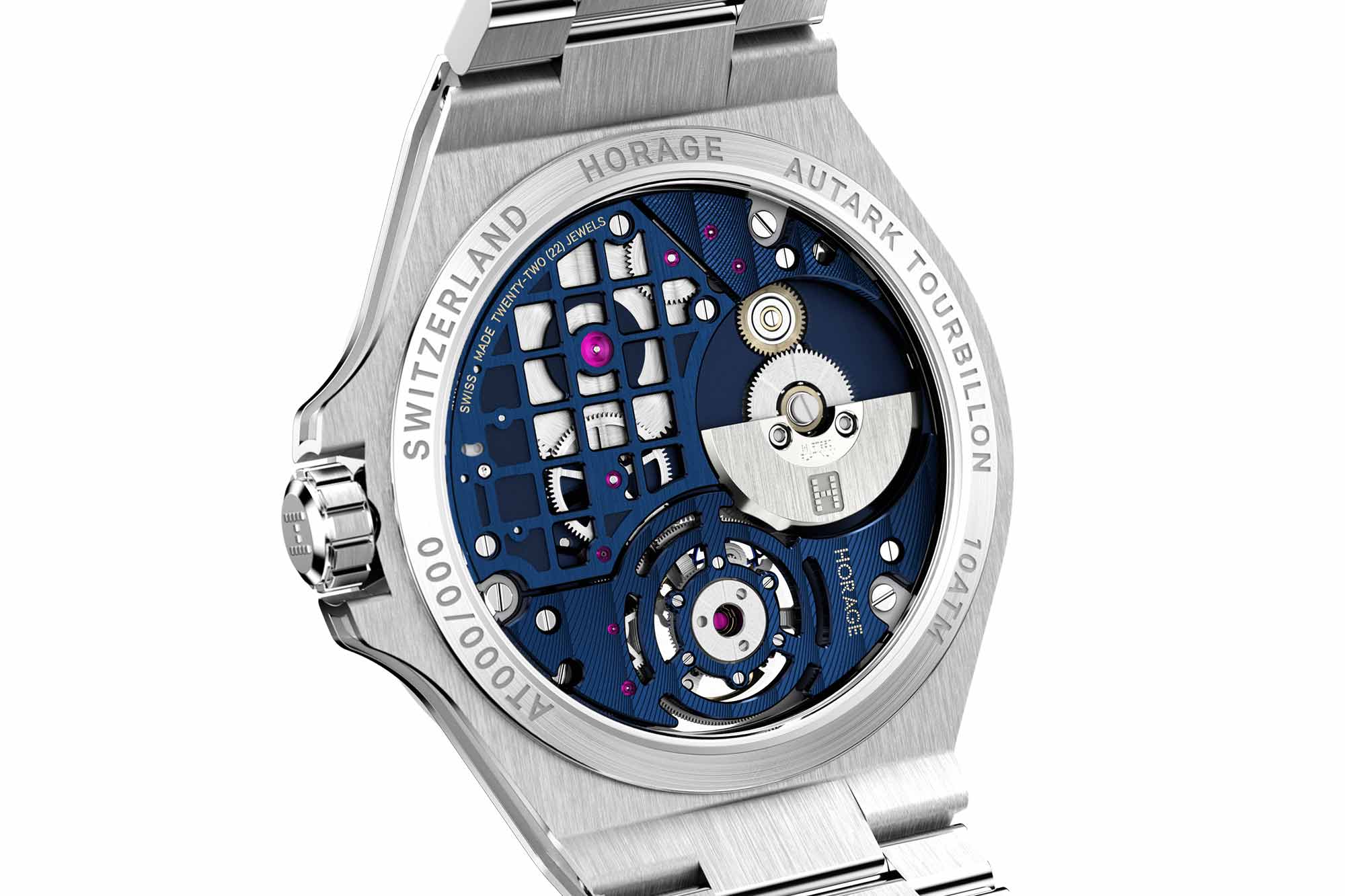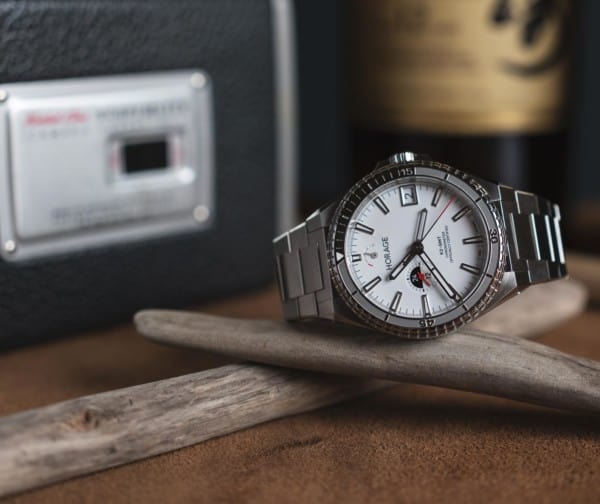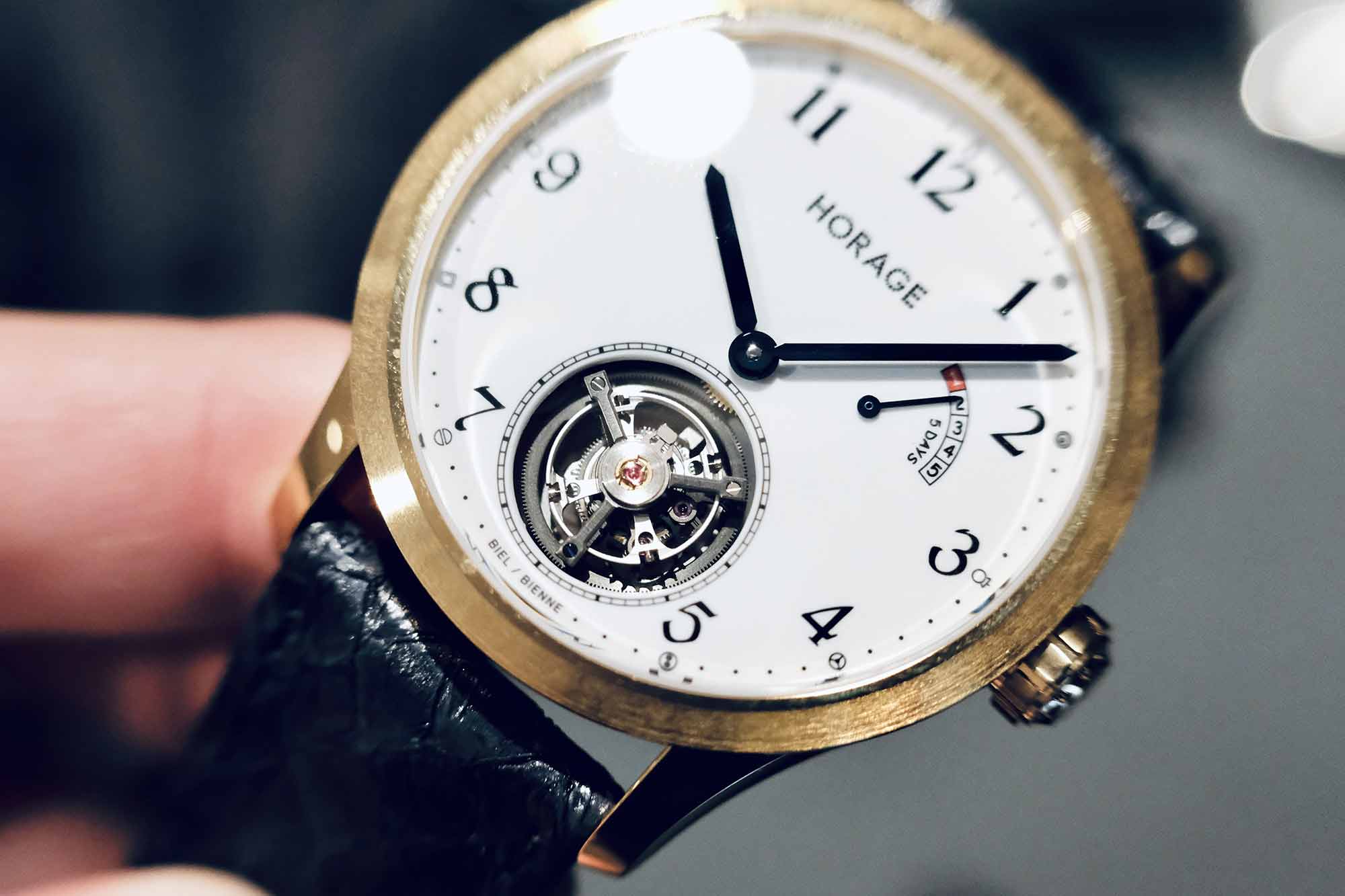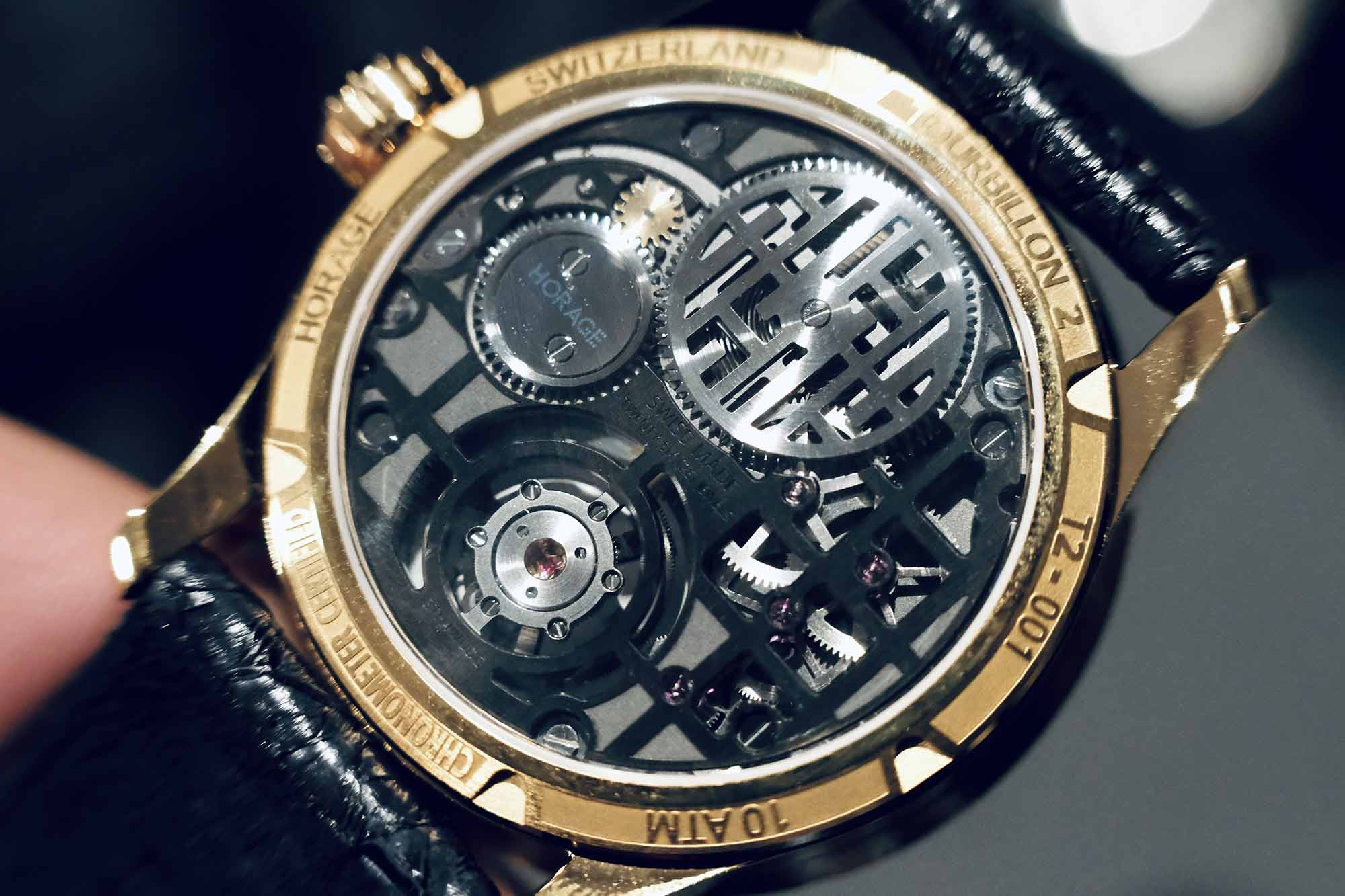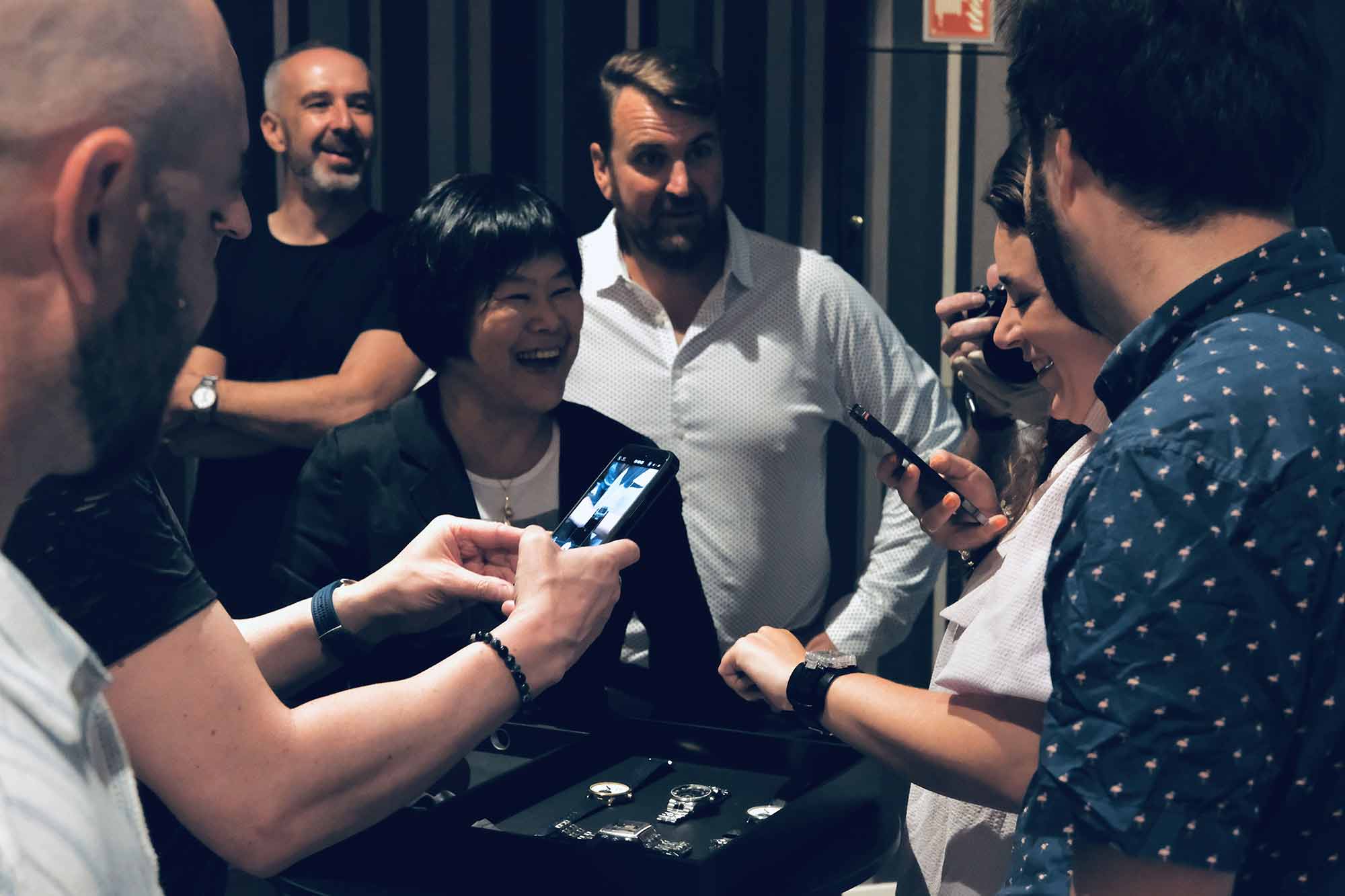When writing about brands, we often use the words “micro” or “independent” to describe any brand that is not a Swiss luxury powerhouse or part of a mega conglomerate. Think of Rolex, Richemont or the Swatch Group for example. Most micro and independents we write about are, more often than not, brands that are more about design and a certain lifestyle philosophy than engineering and manufacturing. 99% of brands I love are the former. This doesn’t mean, however, that the latter don’t exist. Instead, an independent brand can be qualified as being one which goes beyond design to create stuff. A lot of new and cutting-edge stuff. This brings us to Horage, the Swiss that has been covered in these pages extensively, and more recently, most recently when Ed Jelley reviewed the Lensman 2. What we know about Horage is this: they make their own movements, good ones at that, and unique looking watches.
I recently attended an event hosted by Horage through which I discovered that the brand actually does much more. Not only does Horage make its own movements, but it’s also at the forefront of technology to make watch manufacturing more sustainable. Or, should I say, watch collecting more sustainable. Through the discovery of their newest model and caliber—which I will tell you about in a second—I realized that everything in life does indeed work in cycles. Think about this: Rolex started as what we now describe as being a microbrand. It bought parts from many places to make watches sold under its name. Hey, Seiko started exactly in the same way. And in 2023, most micro and independent brands I enjoy supporting and writing about have a similar modus operandi.









 Featured Videos
Featured Videos




